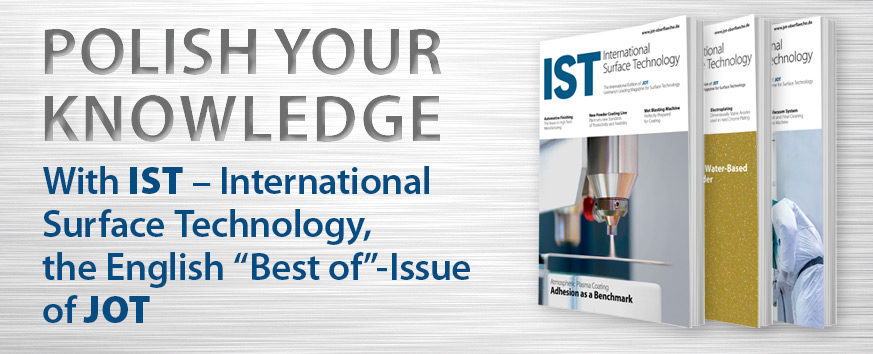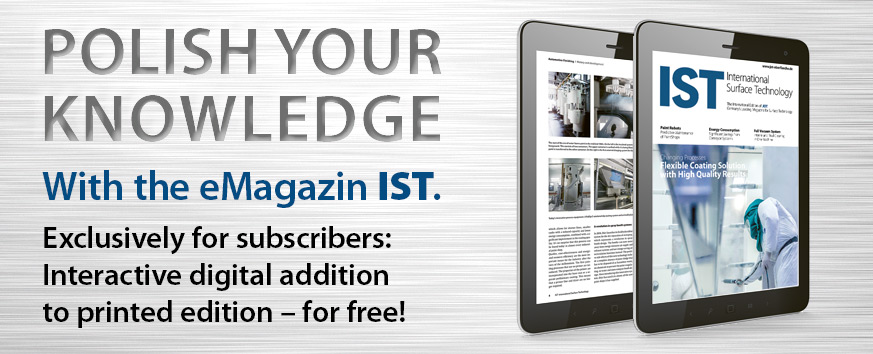For years, palladium has been considered the ideal intermediate or final layer among the platinum metals. The continuous price increase of the precious metal, which has exceeded the €100/g mark this year, has producers looking for alternatives now at the latest. Umicore Metal Deposition Solutions has recognized the trend and started early to expand its Ruthuna product family. At less than €20/g, ruthenium is currently many times cheaper and has only been slightly more expensive in recent years. It is precisely this price stability that makes it possible to calculate with foresight. But in today's world, price is no longer the only decisive factor. Customers, suppliers and producers are also concerned about quality and sustainability. Pure ruthenium is by far the most abrasion-resistant platinum metal. This property ensures that brooches, rings, bracelets, buckles and other decorative accessories have a long service life despite constant friction. An abrasion of 0.05 μm in the Bosch-Weinmann test attests Ruthuna a clear quality advantage over palladium. In the in-house test laboratory, pure palladium with 6.8 μm has 136 times the abrasion in the same test procedure. Ruthenium also has an advantage in terms of a constant supply of raw materials. Russia is the world's largest palladium producer, producing 90 tons a year. Unfortunately, due to the events in the conflict with Ukraine, Russia has not proven to be a reliable partner for raw materials. Ruthenium, on the other hand, comes 87% from South Africa and only 4% from Russia (as of 2020). In addition, companies have announced the withdrawal of ruthenium from used electrolytes at daily updated prices. Ruthuna can be used directly as a final layer and has virtually lifetime abrasion resistance under normal use. Light coatings with an L* value (L*a*b* color space) of 74 to very dark coatings with an L* value of 63 are possible as standard. Ruthenium is not always desired as a final layer, or the brightness is not bright or radiant enough. Here, the electrolyte has a natural limitation in terms of color compared to palladium (L* value: 84) or rhodium (L* value: 90). Nevertheless, the obvious advantages can be largely exploited when used as a solid intermediate layer. The argument that a final layer may be partially rubbed through quickly is not a KO criterion. Due to the color-matched interlayer, rub-through is not visible to the naked eye. In various technical applications such as reed switches, inkjet printer foils, surfaces of catalytic converters or electrolytic electrodes, a change from the previous precious metal could also make sense. In addition to the economic and sustainable aspects, functional properties such as reduced sparking in current-conducting applications also speak in favor of Ruthuna. However, the coating process still limits its broad applicability in all technical areas.
Autor(en): wi







